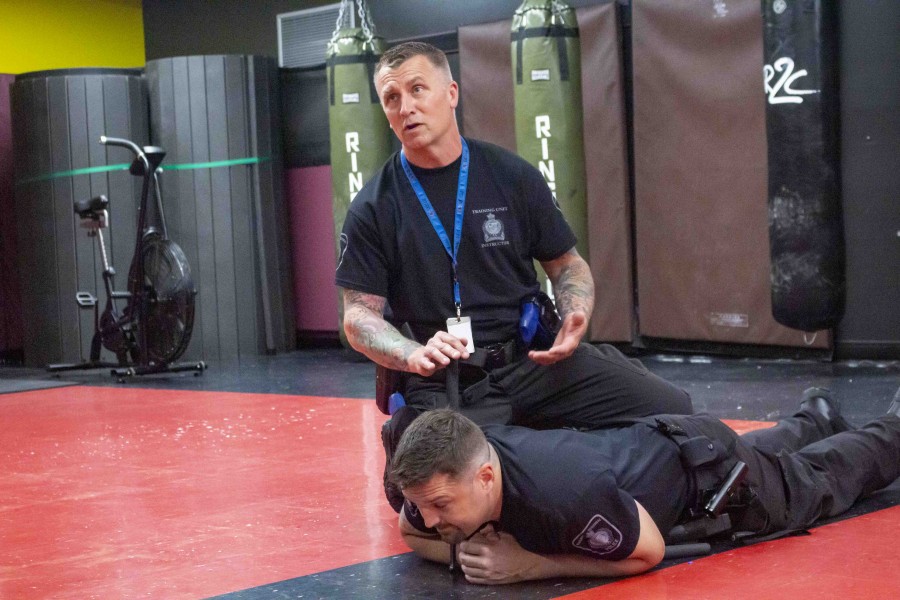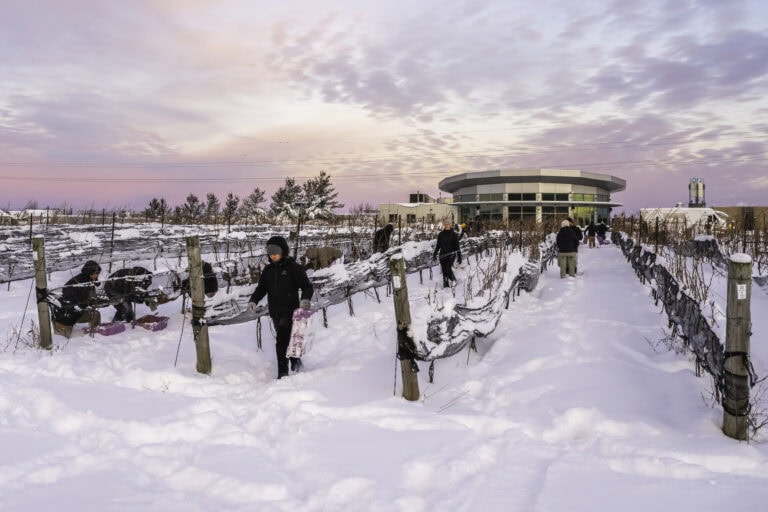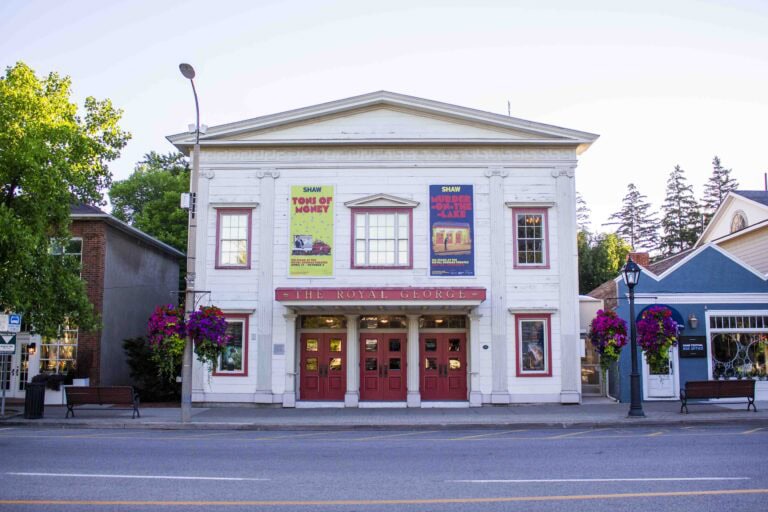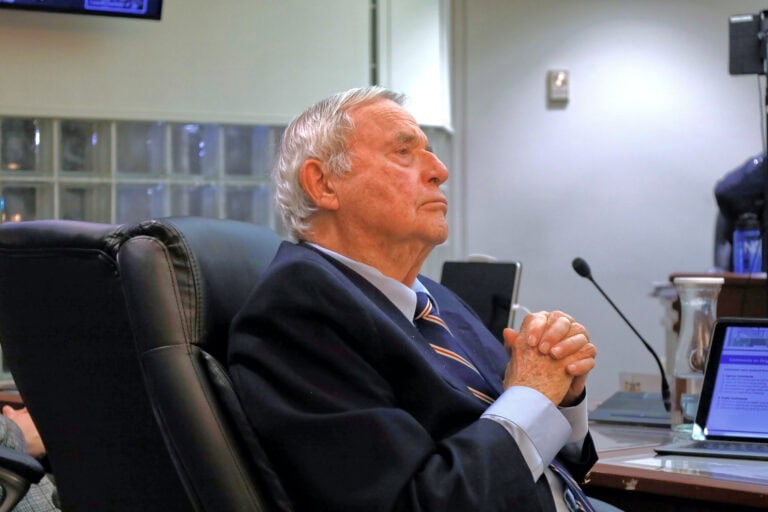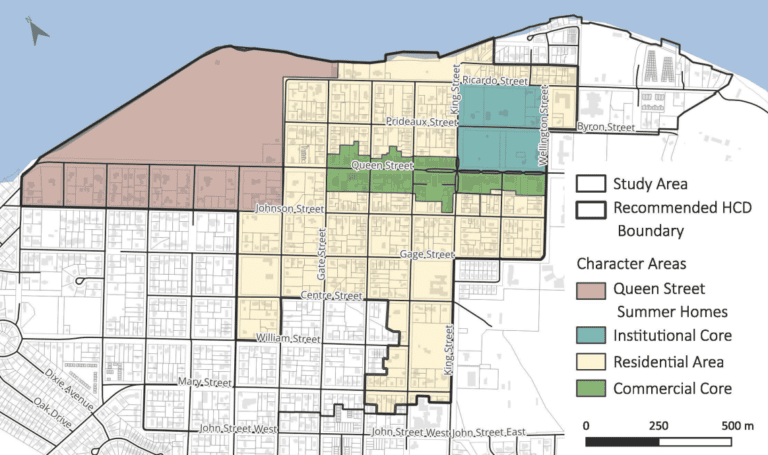To tase or not to tase?
That was largely the question the Niagara Regional Police Services posed to a small group of journalists on Monday, as they opened the doors of their training facility in Welland to simulate the high-stress situations officers face and how they determine what action to take.
“We recognize that the media play a very, very critical role in terms of relaying what we do to the community and the message that comes out of the media to the public is also critical,” Const. Philip Gavin said of the Police Training Day held for journalists.
“It’s a very poignant learning tool” that shows people how quickly officers have to make decisions and how fast things can happen, he said.
Journalists were fitted with Kevlar vests and a utility belt holding a fake Glock pistol, a fake can of pepper spray and a plastic baton before being led through five hours of training.
Const. Andrew Watson explained the official use-of-force training model, the bread and butter of officer training.
“It helps them assess situations and basically decide what they are going to do in dealing with certain situations based on subject behaviours,” he said.
Watson emphasized one strategy trumps all others.
“Communication. Out of everything we have on our belts, that is our biggest tool,” he said.
“Communication is key to every situation we deal with. Our job is to try and de-escalate a situation and the best way to do that is with communication.”
A use-of-force graph was outlined as a wheel, with categories rolling and blending into each other. But there was one constant: communication revolves around all aspects of the use of force training model – and should always come first.
The first category of subject behaviour is co-operative.
“They’re listening to all their lawful commands, there’s zero issues here,” Watson said. “And that’s what we hope to have all the way along.”
After that comes passive resistant, essentially when someone refuses to listen to an officer.
“I’m not going to get into all the lovely words they like to use or call us,” Watson said drawing laughs from the assembly.
This level of resistance allows for “soft techniques,” including joint locks and pressure points, he said.
Active resistance is when someone starts to use their body to avoid arrest, such as holding onto an object to keep themselves in one place or walking away.
Assaultive comes after and leads to an escalation in the justifiable use of force by officers.
In these cases, people are using physical force “and they are applying it towards us or somebody else,” Watson said.
Once a situation is assaultive officers can use hard techniques, including “kicks and punches.”
Watson said officers are trained to land just two or three well-placed blows to try to bring a subject under control.
“Distract, disorient, disrupt. That’s what we are looking to do,” he said.
Intermediate weapons become usable during the active resistance phase. The only weapon an officer can use at this point is pepper spray, he said.
Once a situation becomes assaultive, a Taser or baton is an option.
The baton can also be used as a soft technique — not to strike a person but to pry their arms out from underneath themselves so they can be cuffed if that person has taken to lying on the floor to prevent their arrest.
The final category is lethal force and it is only to be used when someone may cause grievous bodily injury or death to anyone around them, including themselves.
“If it’s a knife, gun, bat — we are going to be pulling our pistol,” Watson said.
One scenario a journalist was put through illustrated the importance of drawing your gun when any other lethal weapon is involved.
The journalist was responding to a call of a suicidal man alone in an apartment. No one knew the man had a gun.
The journalist tried to reason with the man, who grew frustrated and turned the gun away from himself, pointing it at the officer. Because the journalist did not have his pistol drawn, he was "shot."
"We don't shoot to kill as police. We shoot to disrupt or to change someones behaviour. So that's why we shoot where we shoot. We're shooting in that upper thoracic area," Cst. Brittany Wright said during training on the gun range
Indeed, several journalists “died” during the scenarios. Among others, one was gunned down in an abandoned home by a thief, another was stabbed with a box-cutter and another was shot by a man who refused to reveal what he was hiding behind a box.
All of the deaths in these situations were a direct result of the fast-paced nature of the scenarios, forcing journalists to try to figure out how much force was appropriate. More often than not, the wrong decision was made.
The scenarios exhibited how the use-of-force wheel becomes an officer’s key tool when dealing with dynamic situations, where they don’t know what is going to happen.
A journalist from The Lake Report was congratulated during his scenario which featured an aggressive duo at a traffic stop. The journalist wheeled from using verbal communication to lethal force when the two men left their vehicle and tried to surround him.
After drawing his gun and forcing them back inside their car the journalist holstered his pistol and returned to communicating verbally about the speeding incident.
“You were situationally aware of the two people who were trying to flank you and you maintained control of your use-of-force weapon,” said Const. Matt Whiteley.
In another scenario, two journalists were sent into an apartment to deal with two brothers in a fight, one of them exhibiting erratic signs and standing near a knife.
The scenario was supposed to play out with the erratic brother grabbing the knife and charging one of the officers. However, one of the journalists, in a scene more fitting for a John Wick film than the streets of Niagara, grabbed the knife off the table and threw it away as the “bad guy” was going for it.
“I wasn’t expecting that to happen,” said Watson, who was playing the erratic brother.
The day included hands-on training with baton strikes, fist and kick strikes, Taser use and the firing of simulated rounds at the onsite gun range.
Police Chief Bryan MacCulloch spoke at the beginning of the day.
“We’re hoping that you're going to enjoy it and get a little bit of insight as to what our officers experience,” MacCulloch said.
“Safe communities really can't happen without partnerships. We've so many challenges that our officers are experiencing nowadays on the front line with mental health, drug addiction, homelessness, poverty. All of those things combined create just such a very difficult and challenging situation for our officers.”
MacCulloch said that out of the hundreds of thousands of interactions Niagara police had with civilians last year, only 186 use-of-force reports needed to be written.
“I think that's really a testament to the training that our officers receive at the Ontario Police College and then it’s reinforced by all of our instructors here.”



